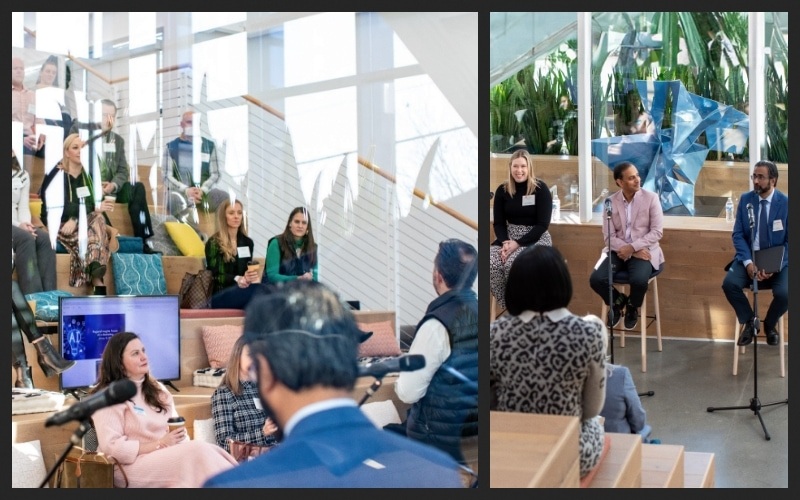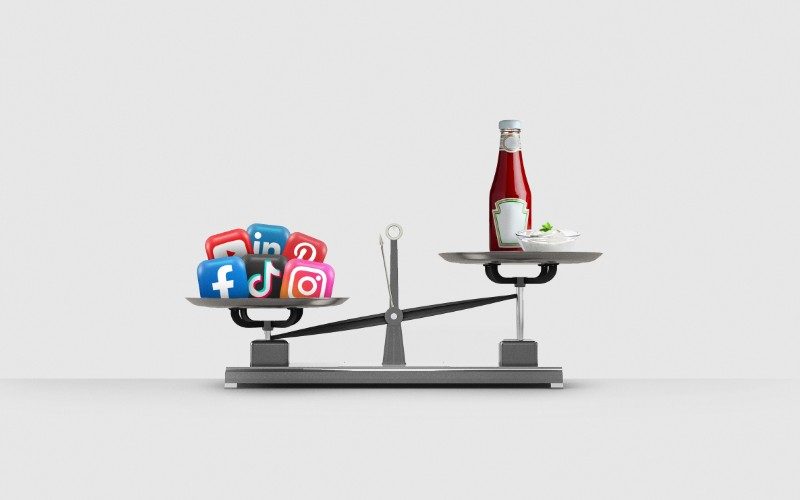Industry Trends
The American Society of Interior Designers (ASID) recently published its Interior Design 2015/2016 Outlook and State of the Industry. The report provides an in-depth look at the state of the industry, interior design trends and business insights.
Here are five quick takeaways from the ASID Interior Design Outlook and State of the Industry:
- Designers are being asked to solve increasingly complex problems.
- From office spaces that encourage healthy behavior to retail spaces that use the latest technology, designers are being asked to flex their inventive muscles.
- The best design solutions to complex problems rise from a holistic approach that draws on expertise across multiple disciplines.
- New partnerships and connections are leading to important changes in the way interior design happens, but pressure to produce quickly and reduce costs means the optimal approach is often sacrificed.
- Commercial designers are leading in the experimentation of trends and technology.
- Their residential design counterparts may be seeing a lower adoption rate due to reduced consumer demand or higher price sensitivity.
- The most important macro-trends overall according to designers include holistic design thinking, higher sustainability standards, design for healthy behaviors, energy optimization and 3D printing and other visualization technology.
- Are these products and messages part of your overall strategy? If not, how will you incorporate them?
- We see these as the most important sub-trends for marketers of products for the home and homebuilding/remodeling/home improvement:
- Connection to nature: This is a much-loved trend among both residential and commercial designers.
- Healthy design: Building components that support air quality, temperature, lighting and acoustics will play a bigger role; although basic, many interact in a way that adds complexity to the system.
- Smart buildings: We’ll see more systems that communicate with the environment to provide optimal conditions.
- Construction site technology: Builders and contractors are adopting on-site technology to help increase safety and productivity. This is still in its infancy, but in the future it will be commonplace.
- Energy optimization: Residential designers surveyed by ASID tend to place sustainability trends near the bottom of the curve, meaning they recognize the concepts exist but aren’t seeing them applied in practice. Energy optimization is the exception to the rule.
- Higher sustainability standards: Though new, standards from government and other certification bodies still have a transformative effect on the materials, products and design of spaces. Government-funded projects appear to be leading the way.
- Walkable neighborhoods: These are popping up regularly in commercial and residential design.
The state of the interior design industry today will play a significant role in shaping the future. If you want to discuss any aspect of the ASID report, feel free to send me a note.
Purchase the full report here for a deep dive into the evolution of interior design and trends that can impact your business.


